Laura Knight in 5 Paintings: Capturing the Quotidian
An official war artist and the first woman to be made a dame of the British Empire, Laura Knight reached the top of her profession with her...
Natalia Iacobelli 2 January 2025
Olga Boznanska was one of the most famous Polish female painters. Her multiple portraits of fragile women and children are permeated with notes of melancholy, which Boznanska carried with her from early childhood. Read the story of Olga Boznanska and her beautiful paintings.
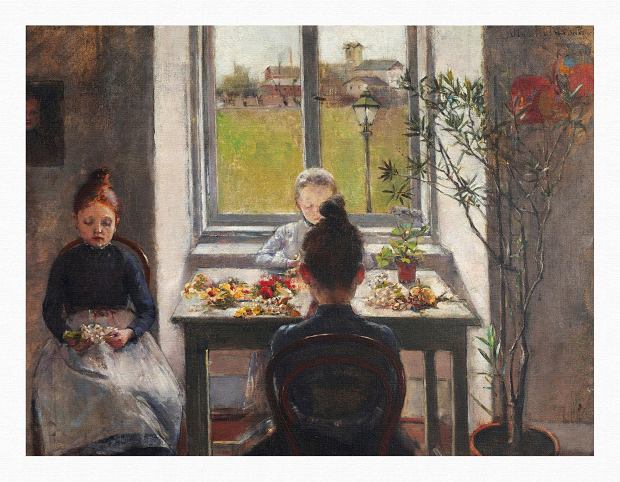
From early childhood, Boznanska intrigued others with her pale face and calm seriousness. Her younger sister Iza (Isabel) was a talented pianist whilst Olga leaned towards poetry and drawing. Although their mother suffered from tuberculosis, it didn’t stop this relatively well-off family from traveling across Europe. It was on one such journey that Boznanska discovered the courtly world of Diego Velázquez and decided to become a painter. Her parents paid for private teachers (Karl Kricheldorf and Wilhelm Dürraand) in Munich since women were not allowed into the Academy of Fine Arts.
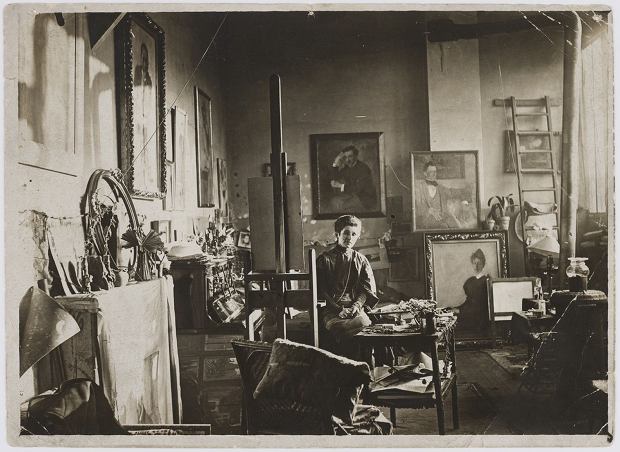
From 1898, Boznanska lived in Paris. She painted prolifically but lived poorly. She was very generous with her money and would give it away without a second thought. Her father, who supported both his daughters financially, wrote in a letter to Iza:
(…) she’s infinitely obstinate, she doesn’t want to eat and looks like a dead corpse, and I’m wondering how it will end. The answer is simple and very sad. Her forces will end. (…) She kills herself with tea, cigarettes and lack of food. Please, write to her about my pain and impatience as I find no other solutions.
– in: Angelika Kuzniak, Boznańska. Non finito, Wydawnictwo Literackie.
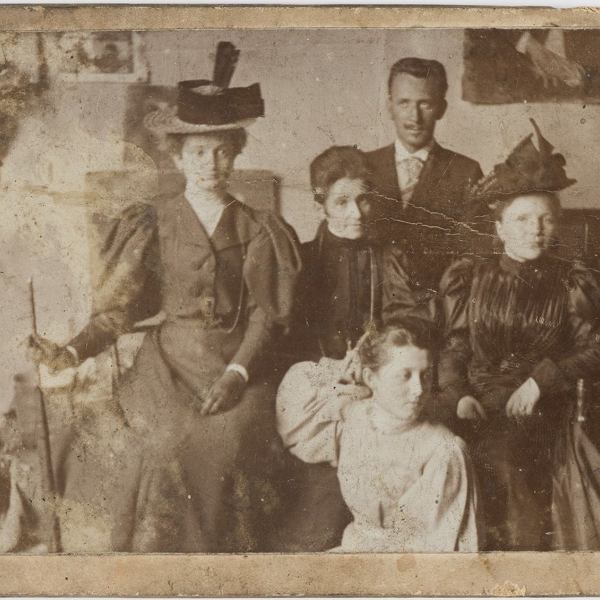
Iza moved to Paris to keep an eye on her sister, but she had her own problems. She had become addicted to alcohol and drugs and was diagnosed as suffering from hysteria- a condition that is not considered an actual mental illness by contemporary doctors, but was, unfortunately, often diagnosed in the 19th century. It was believed that women were more predisposed to emotional behavior, therefore more likely to behave in a “hysterical manner.” Today, it is known that women who were wrongly diagnosed with this “illness” were probably suffering from depression, personality disorder, or epilepsy.
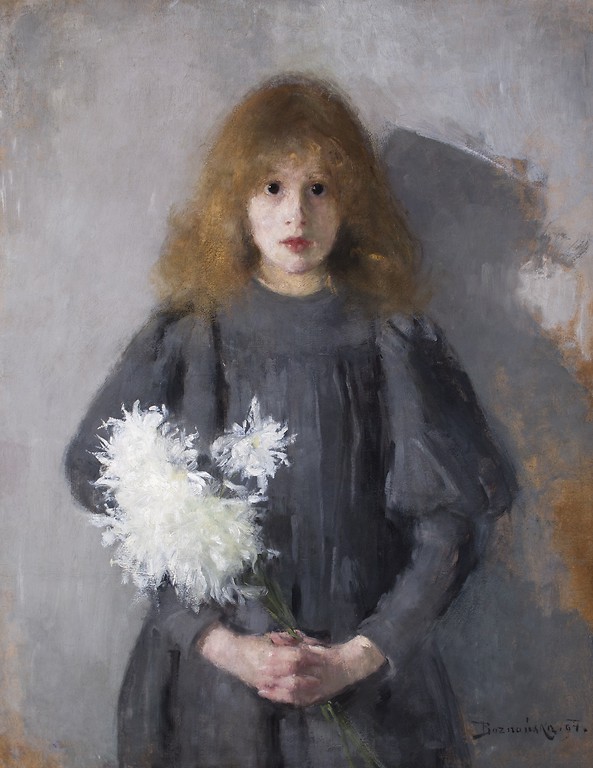
According to biographers, Boznanska had an issue with body contact and all of her relationships were platonic. Jozef Czajkowski, a fellow painter to whom she was engaged, eventually broke off their engagement after Boznanska decided to remain in Paris. Boznanska’s friends and acquaintances believed that she had issues with body perception, and noted that the women and girls she painted were always covered by layers of cloth and paint.

Helena Baum, who knew Boznanska personally, and art historian Joanna Sosnowska, claimed it must have been a traumatic event in their past that somehow affected Boznanska and her sister Iza. There is speculation that they may have been abused by their father; Olga in particular, since she was completely dependent upon him. And it was Olga who took care of him when he became ill after he lost all of his possessions due to a flood in Krakow. He died in 1906 and the sisters remained alone in Paris.
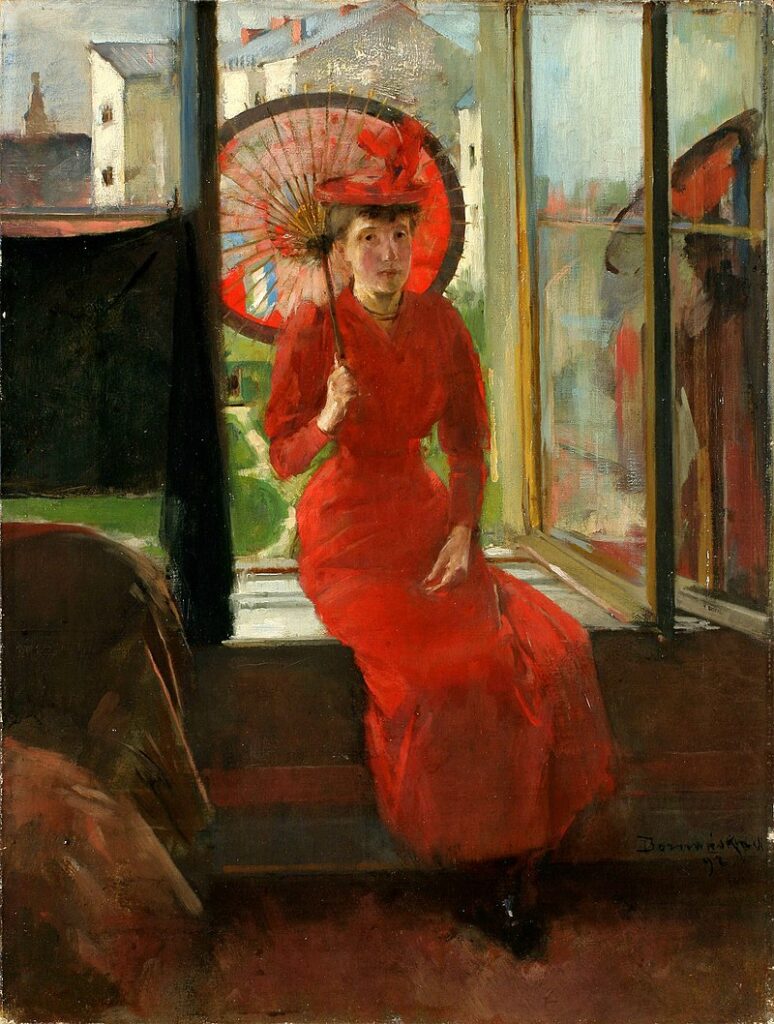
Boznanska’s oeuvre definitely demonstrates an interest in the psychology of adolescent girls and young women. She often portrayed them with flowers, which were seen as symbolic of a girl’s physical and mental blooming. Art critic William Ritter made a note of it in the Gazette des Beaux-Arts in 1896:
Miss Olga Boznanska is not only a portraitist of peculiar psychology like Carrière [Eugène Carrière was a fin-de-siècle French painter]: she gives a form to the contemporary ideal of a character invented by Maeterlinck, giving her an image of a fair haired pale girl with uncanny eyes which like two drops of ink seem to spill over the transparent face.
– William Ritter, Gazette des Beaux-Artes, 1896, Culture.pl.
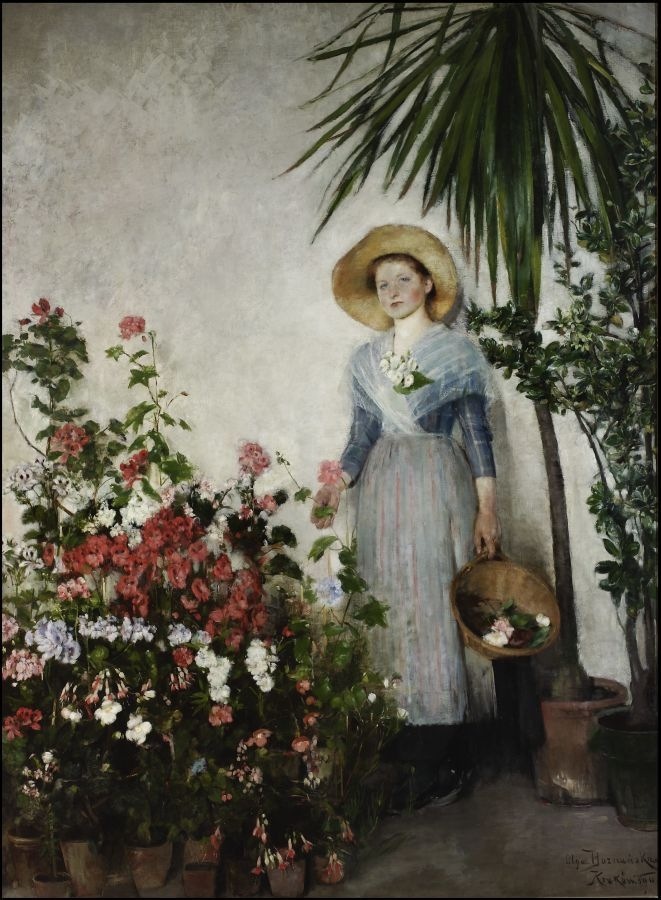
In fact, in 1889, Maurice Maeterlinck, the famous Belgian Symbolist, published a collection of poems called Orangeries (Serres chaudes). Since Boznanska loved poetry, it’s likely that she would have been inspired by the moods and ephemeral women described by the poet.
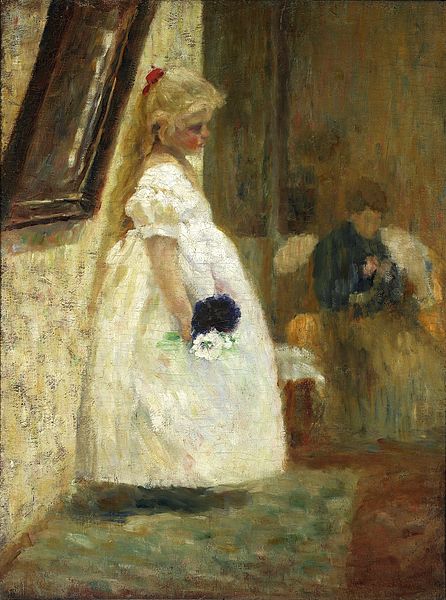
Iza was 66 when she was found dead in her apartment. Her body was taken to the city morgue on the banks of the Seine. When Olga, aged 69, arrived and saw her sister, it is believed that she shouted: “She is all black.” There are some hypotheses that Iza poisoned herself. She graduated with a degree in chemistry, so she would have known how to make a poison.
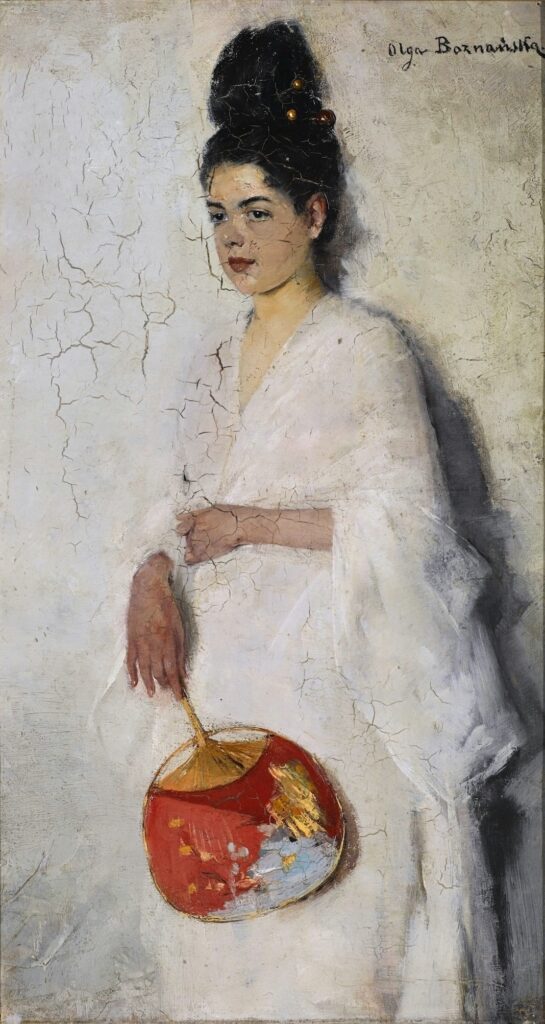
Although Boznanska inherited everything after her sister died, she had to pay inheritance taxes which left her on the brink of poverty. Yet, she didn’t return to Poland, but spent her final days alone in her Paris studio. Boznanska lived until 1940. She once explained the power of her work:
My paintings look great because they are the truth, they are fair, there is no narrow-mindness, no mannerism and no bluff.
– Olga Boznańska, National Museum in Krakow.
DailyArt Magazine needs your support. Every contribution, however big or small, is very valuable for our future. Thanks to it, we will be able to sustain and grow the Magazine. Thank you for your help!